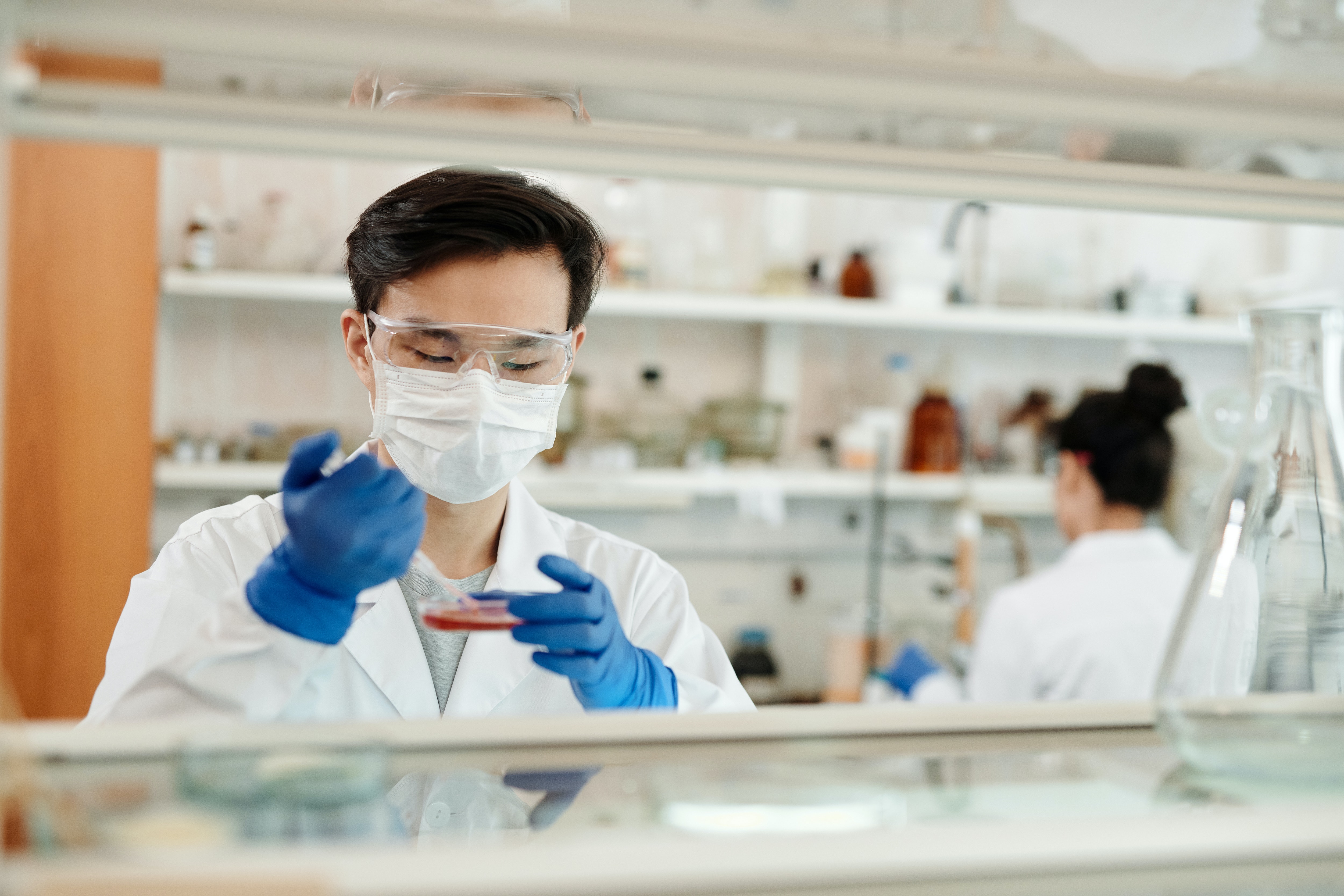
Are you aware of the essential lab safety rules for students? If not, you’re not alone. While working in a laboratory can be an exhilarating experience, especially for students, it also exposes them to potential dangers. It is crucial for students to adhere to all laboratory rules for students and safety guidelines. Regrettably, despite advancements in scientific understanding, students are often the least likely to assess risks in the lab.
According to a study published in Nature,1 27% of researchers, including students, surveyed admitted to never conducting any risk assessment before performing laboratory work, and only 40% reported consistently wearing personal protective equipment (PPE) during lab work.
Even more concerning is that 25%-38% of lab personnel, including students, surveyed had experienced accidents or injuries in the lab, but these incidents were not reported to their supervisors or principal investigators. These results underscore the urgent need to ensure strict adherence to lab safety rules for students and safety precautions.
Top safety rules in labs every researcher should follow
Accidents in the lab, regardless of seeming minor, can result in severe injury, damage to equipment, or even death. It is crucial for students to observe safety rules in a lab to avoid accidents. Here are some best practices and laboratory rules for students that students must observe while working in a science lab:
1. Wear appropriate clothing and personal protective equipment (PPE)
One of the most basic safety rules in a lab is dressing appropriately from head to toe. Students are advised to wear non-fussy clothes and avoid flowing outfits that could impede their movement. It’s crucial to tie back or secure long hair and choose covered shoes over impractical ones. To avoid the risk of severe injury, students should wear appropriate PPE, including lab coats, gloves, safety goggles, face masks, and hearing protection, depending on the type of experiments being conducted.
2. Familiarize yourself with the lab’s emergency procedures
Students must be aware of specific safety rules in a lab and strict emergency procedures to follow in case of an accident. It is crucial to familiarize themselves with these procedures and know the location of fire extinguishers, first-aid kits, and emergency exits. Students must also know whom to contact in case of an emergency and how to report an accident. Familiarity with laboratory rules for students and safety precautions can prevent a small issue from turning into a larger problem.
3. Know your symbols and label all hazardous materials
As part of the safety rules in a lab, students need to know common hazard symbols and what each of them means. All hazardous materials in the lab must be appropriately labeled to avoid confusion or accidents. Labels should indicate not just the contents of the container but also the date the material was prepared and whether they pose potential hazards. Additionally, students must know how to handle and dispose of hazardous materials safely.
4. Keep the lab organized and clean
A cluttered and messy lab can increase the risk of accidents. One of the important safety rules in a lab is keeping the entire place organized and clean by regularly disposing of waste materials and storing equipment properly. Walkways and exits must be kept clear at all times to ensure easy access and exits in case of an emergency. Also, students should never bring food or drinks into the lab, as they could become contaminated or spill, tainting an experiment.
5. Follow protocol when handling hazardous materials
Researchers must follow established safety rules in a lab when handling hazardous materials, including chemicals, biological agents, and radioactive materials. Proper training is essential when working in a lab, especially knowing the laboratory rules for students and safety precautions. Students must be aware of the standard protocols to operate key equipment, handle materials with care, and store them properly. They must also be aware of the potential hazards and risks associated with the materials they work with and what to do if anything goes wrong.
6. Avoid unnecessary distractions
Labs are a minefield of accidents waiting to happen for students who are not focused. Distractions often lead to accidents in the lab, so students should remain focused on the task at hand, avoid rushing, or taking shortcuts that can compromise their safety. It’s also important to avoid using phones or engaging in unrelated conversations while conducting experiments.
7. Follow proper procedures for experiments
Always know the safety rules in a lab and carefully follow proper procedures when conducting any experiment or using lab equipment. Follow the best practices for disposing of chemicals, biological samples, and other hazardous waste. Be aware of your experience and capabilities and do not attempt to conduct experiments or handle materials beyond your expertise or training. Seek guidance or help from supervisors when handling new or hazardous materials.
8. Report any accidents or near misses
If there are any accidents or near misses in the lab, students must immediately report this to their supervisors or safety officers. Reporting such incidents can help identify hazards and improve safety rules in the lab to prevent future accidents. Students must also receive appropriate training on emergency evacuation strategies, and regular simulations and drills must be conducted to ensure they can act quickly and efficiently in a time of need.
Finally, researchers are responsible for ensuring their own safety in a lab and the safety of their fellow students and colleagues when working in a lab. Laboratory accidents can result in lost time, damage to equipment or people, and even legal liabilities. Additionally, accidents can damage the reputation of the institution or company conducting the research. Therefore, it is critical that students be aware of lab safety rules and follow them without exception.
References:
- Connor, M. Lab Safety: Terrifying Statistics. The Laboratory Safety Institute. November 25, 2019. Available online at https://www.labsafety.org/lab-safety-terrifying-statistics
Researcher.Life is a subscription-based platform that unifies the best AI tools and services designed to speed up, simplify, and streamline every step of a researcher’s journey. The Researcher.Life All Access Pack is a one-of-a-kind subscription that unlocks full access to an AI writing assistant, literature recommender, journal finder, scientific illustration tool, and exclusive discounts on professional publication services from Editage.
Based on 21+ years of experience in academia, Researcher.Life All Access empowers researchers to put their best research forward and move closer to success. Explore our top AI Tools pack, AI Tools + Publication Services pack, or Build Your Own Plan. Find everything a researcher needs to succeed, all in one place – Get All Access now starting at just $17 a month!


